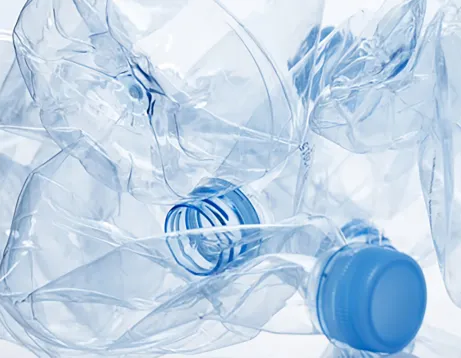Biodegradable Additives for Plastics A Sustainable Solution for Pollution
In recent years, the plastic pollution crisis has garnered extensive attention globally. With millions of tons of plastic waste ending up in oceans, landfills, and natural ecosystems annually, the need for sustainable solutions has become more urgent than ever. One promising approach to mitigating the environmental impact of traditional plastics is the use of biodegradable additives. These additives enhance the degradability of plastic materials, making them a more environmentally friendly option.
Biodegradable additives are substances that, when mixed with conventional plastics, promote their breakdown by microorganisms over a certain period. Unlike traditional plastics, which can take hundreds or even thousands of years to decompose, plastics treated with biodegradable additives can significantly reduce their lifespan in the environment. This transformation is achieved by altering the molecular structure of the plastic, enabling bacteria and fungi to effectively consume it.
There are primarily two types of biodegradable additives those that facilitate biodegradation and those that promote compostability. Biodegradation refers to the process where microorganisms break down the material into natural substances like water, carbon dioxide, and biomass. Compostable plastics, on the other hand, degrade under specific conditions in industrial composting facilities, leading to nutrient-rich soil. It is essential, however, for consumers to understand that not all biodegradable plastics are compostable, and their effectiveness largely depends on the environmental conditions in which they are disposed of.
One of the most widely used biodegradable additives is starch. Starch-based additives, derived from natural sources like corn or potatoes, have been employed to enhance the biodegradability of various plastic products. When mixed with polyethylene or polystyrene, starch can help accelerate the degradation process. However, the incorporation of starch into plastic can sometimes compromise the material's mechanical properties. As a result, researchers are continually exploring innovative ways to optimize these additives without sacrificing performance.
biodegradable additives for plastics

Another promising class of additives is bio-based polyesters, such as polylactic acid (PLA) and polyhydroxyalkanoates (PHA). These materials are produced from renewable resources and are known for their excellent biodegradability. PLA, for instance, can be made from fermented plant sugars and offers a sustainable alternative for products ranging from packaging to disposable cutlery. PHA, on the other hand, is generated by microbial fermentation and can decompose in marine environments, making it particularly attractive for use in products that may enter aquatic ecosystems.
Despite the evident benefits of biodegradable additives, challenges remain. The effectiveness of these additives varies with environmental conditions like temperature and humidity, which can influence the rate of degradation. Moreover, awareness and education surrounding biodegradable plastics are crucial. Consumers often confuse biodegradable plastics with recyclable ones, leading to improper disposal methods that undermine the intended environmental benefits.
Furthermore, there is an ongoing debate about the life cycle assessment of biodegradable plastics. While they can reduce plastic pollution, their production process may still generate greenhouse gases and require significant energy input. Therefore, a holistic approach is necessary to evaluate the environmental impact of these materials from production to disposal.
In conclusion, biodegradable additives for plastics hold great promise in the quest to combat plastic pollution. By improving the biodegradability of conventional plastics, these additives provide a viable pathway towards a more sustainable future. However, continued research, consumer education, and responsible disposal practices are essential to maximize their environmental benefits. As we strive for innovative solutions to global plastic waste, embracing biodegradable technologies can play a pivotal role in safeguarding our planet for future generations.

